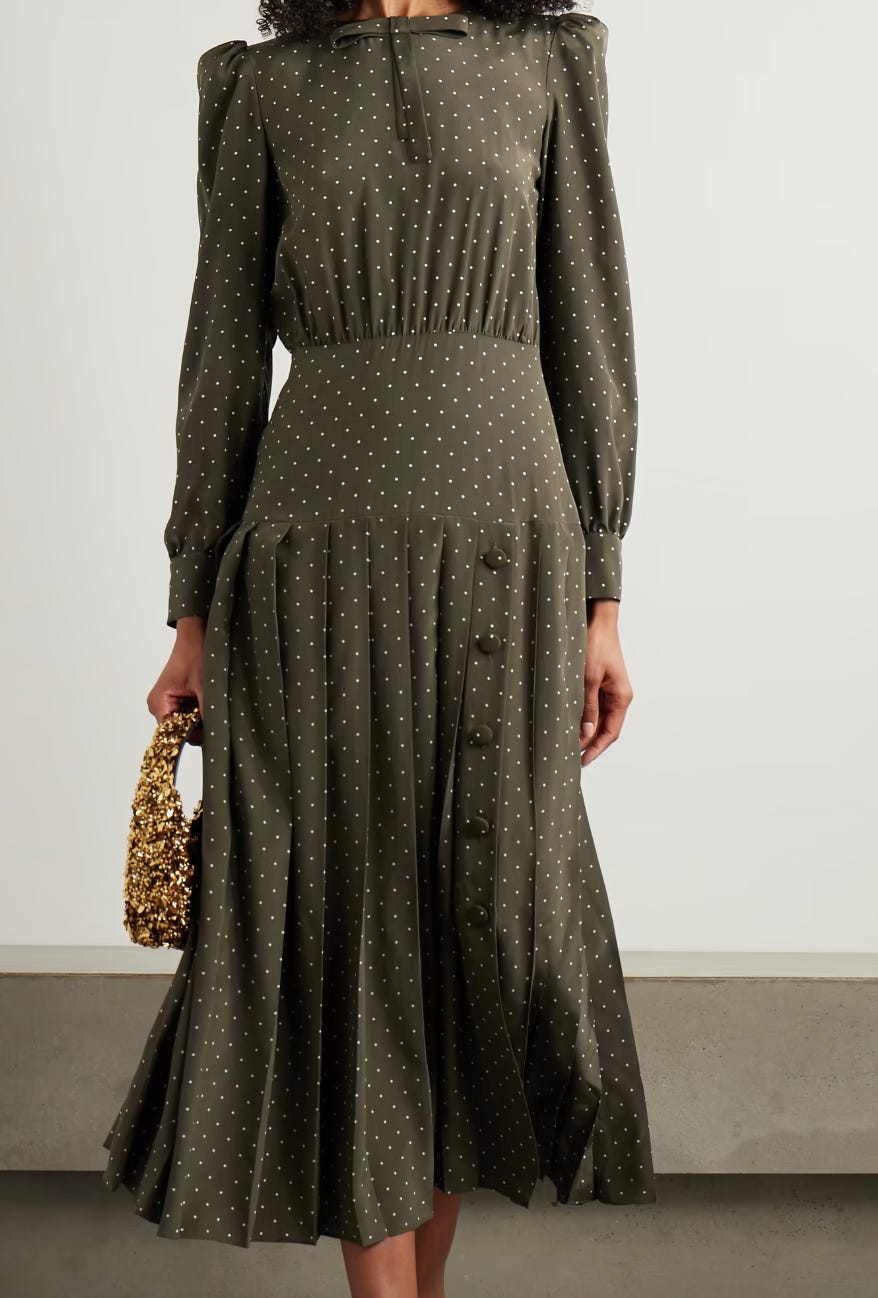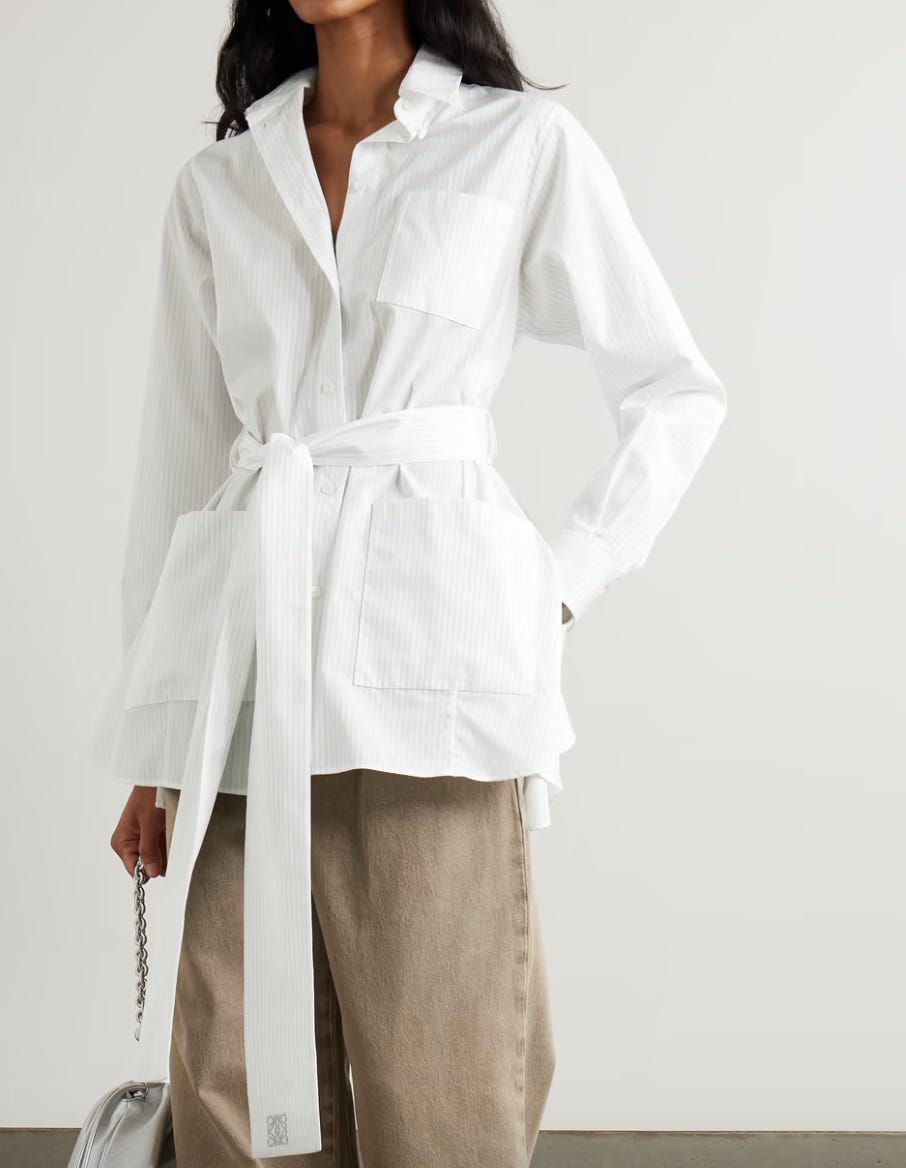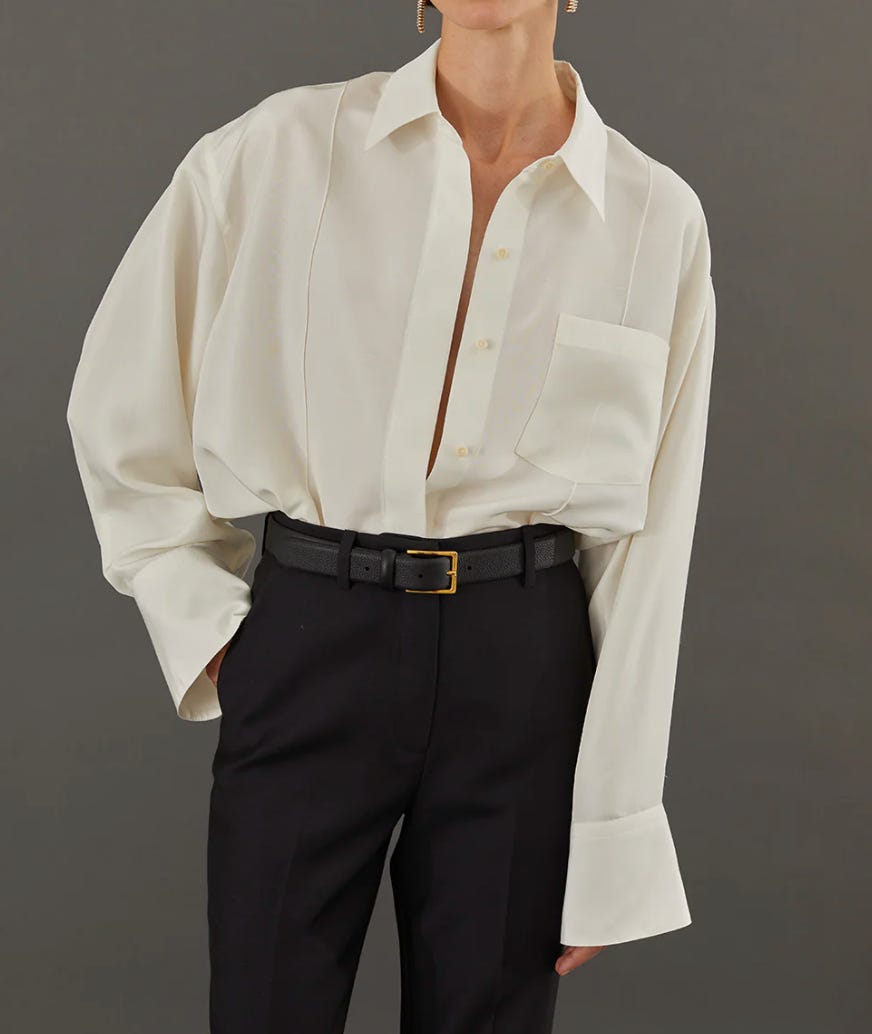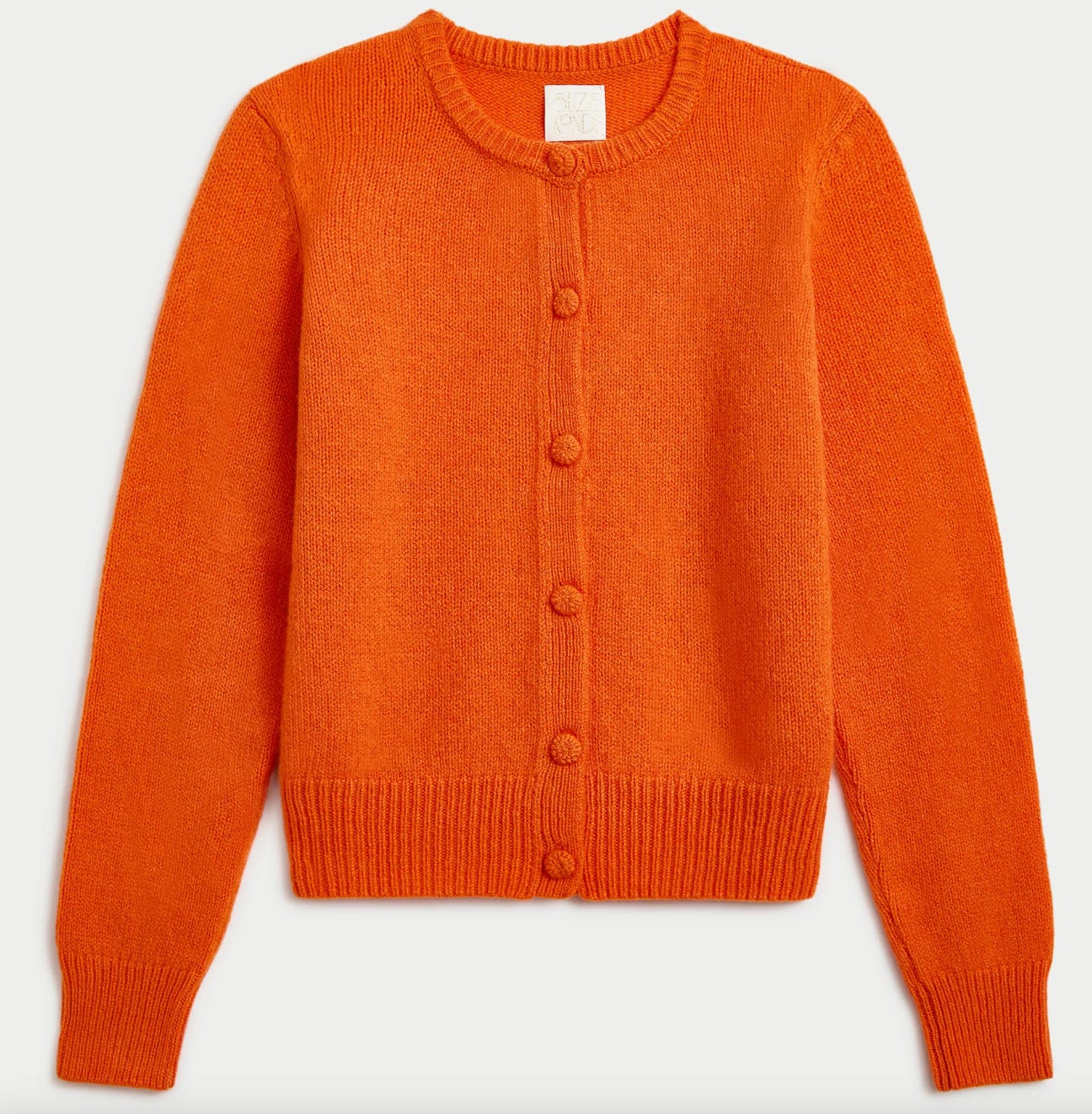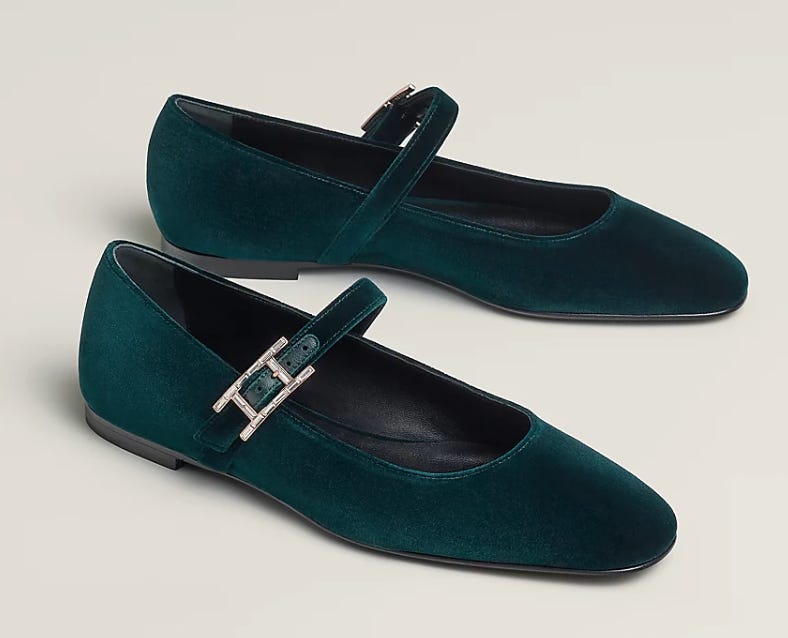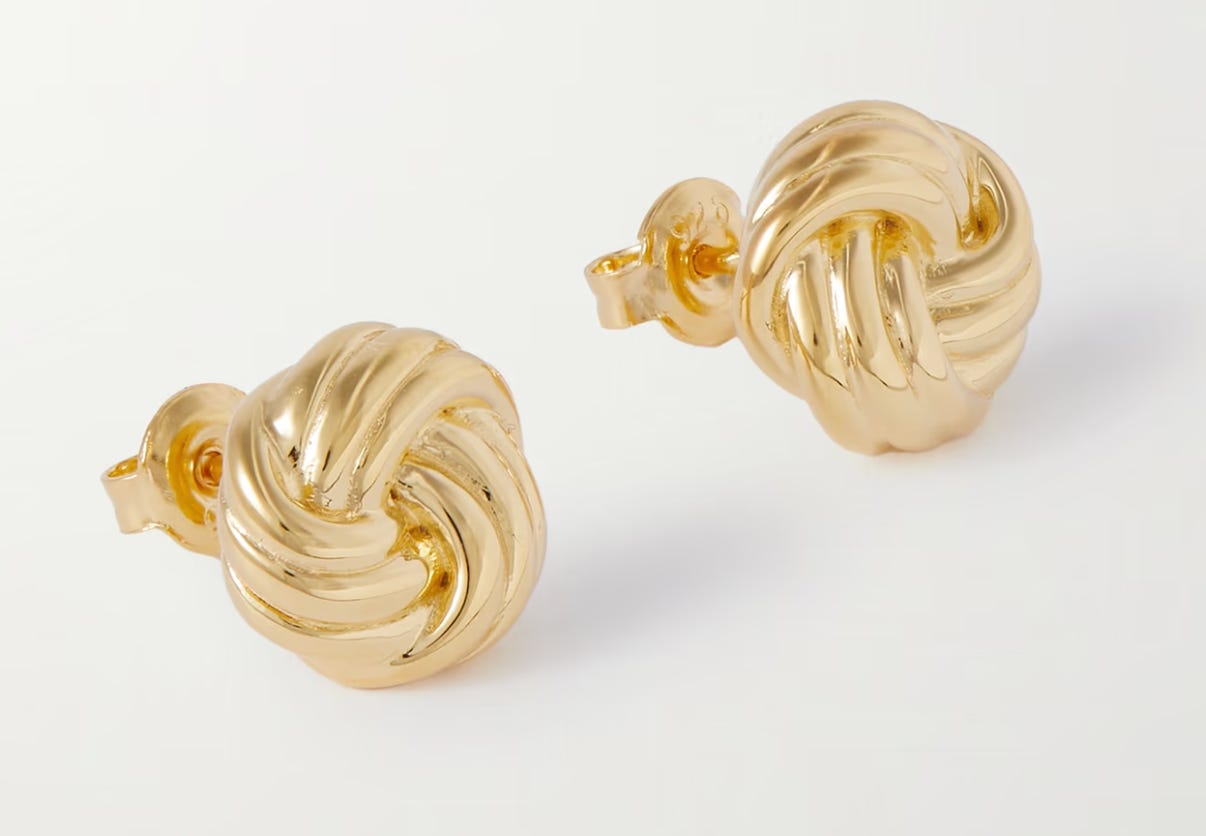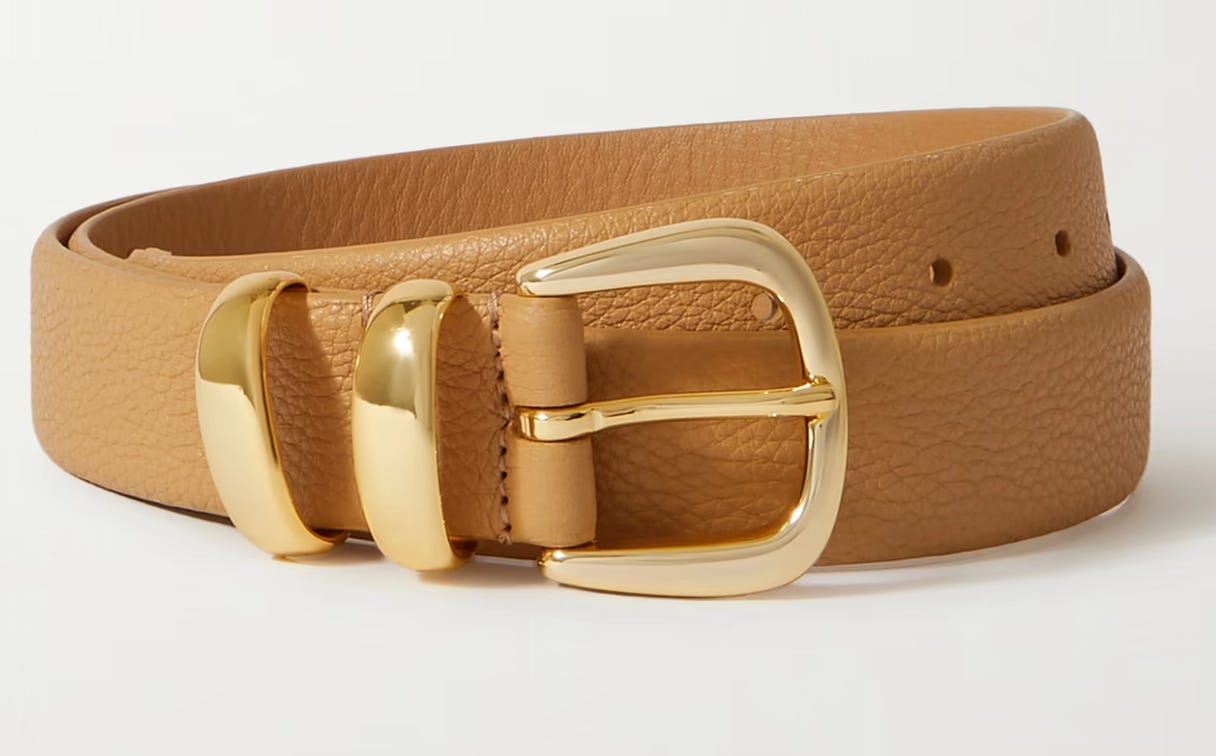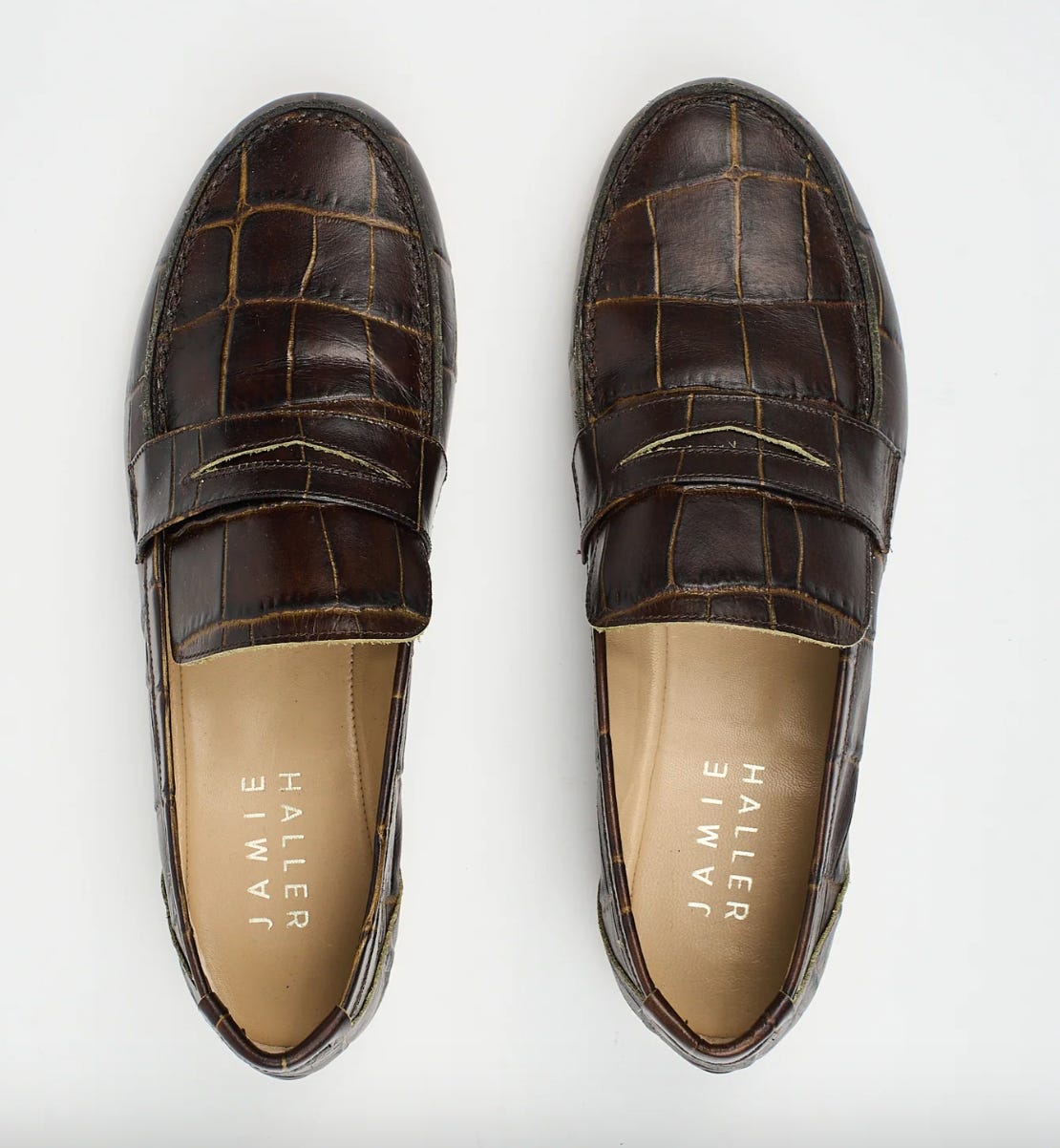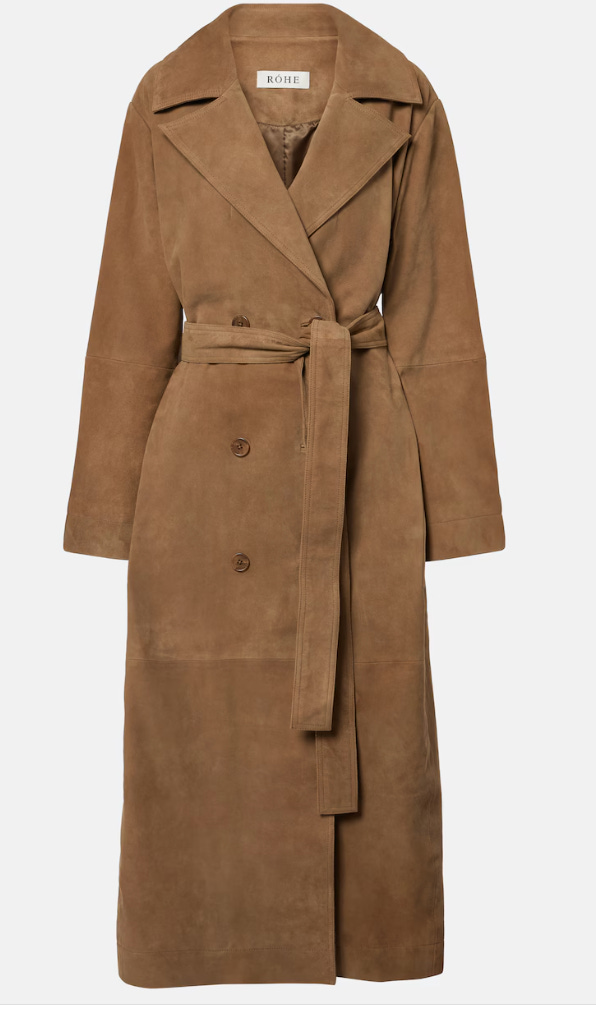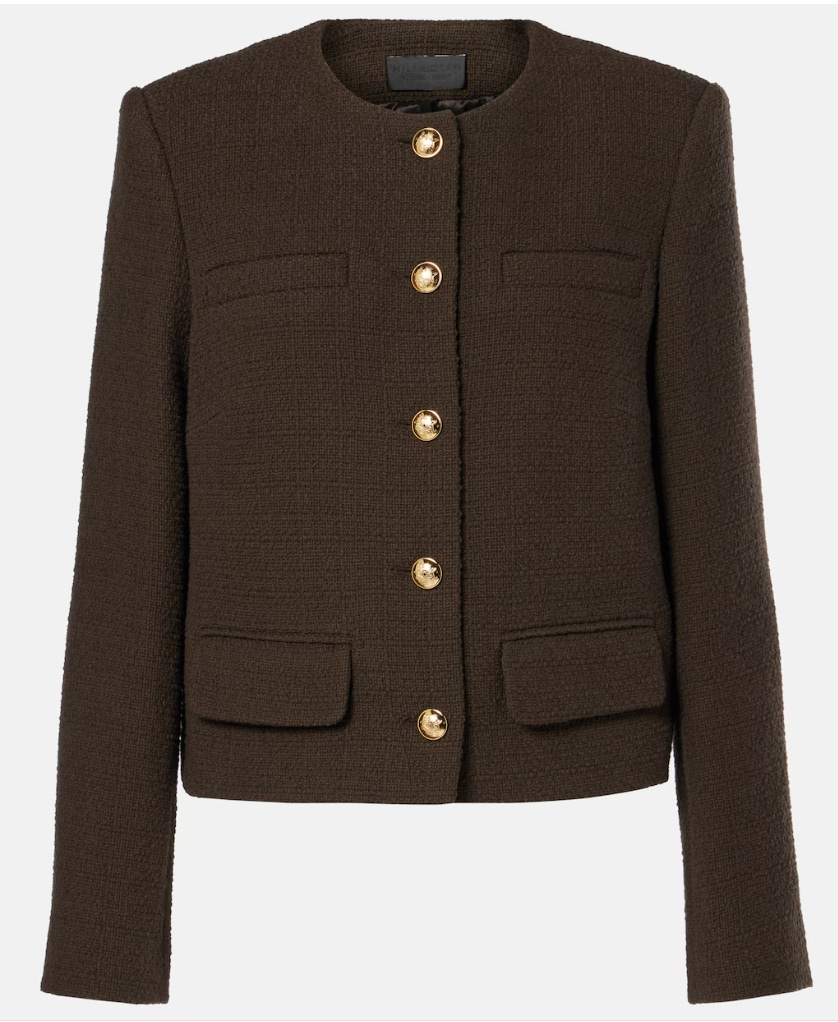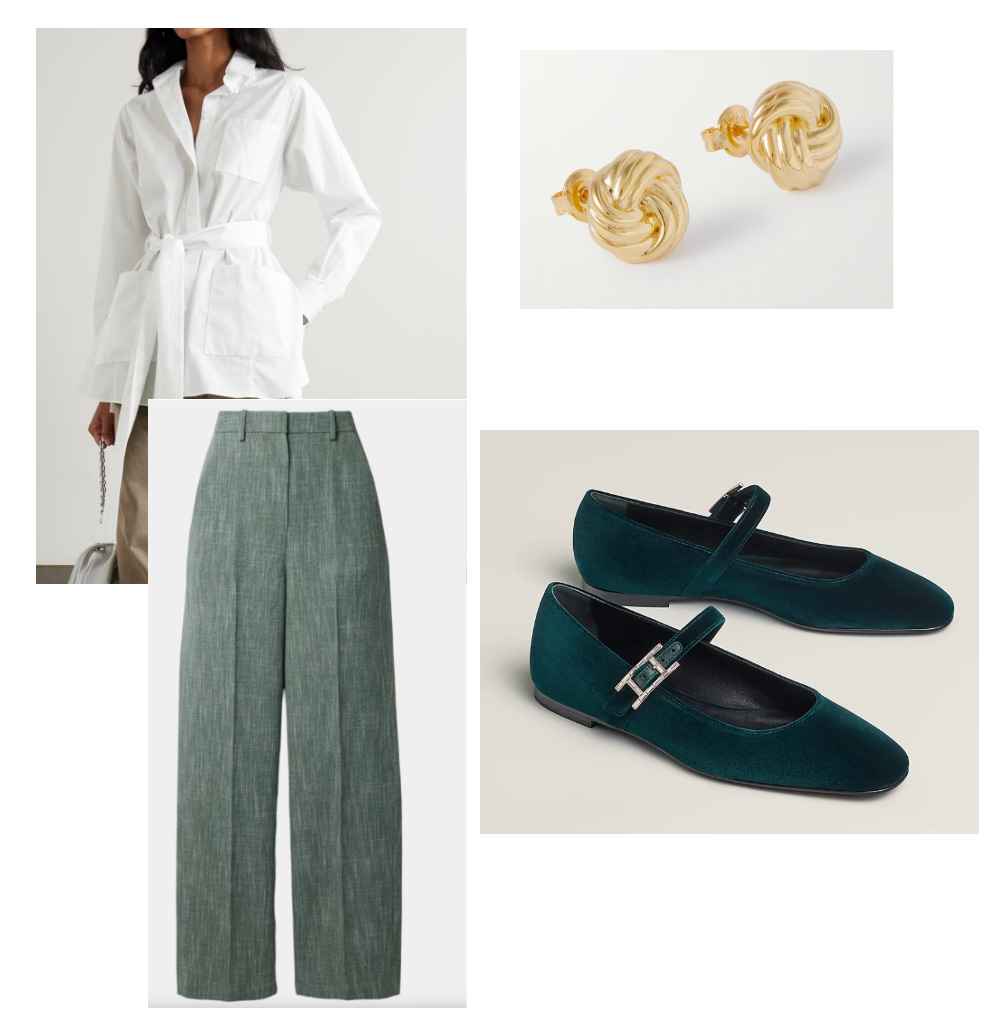No. 35
What architecture demands of us, how fashion influences behavior, and nonpartisan outfits for a dear friend
A dear friend of mine has officially made the move from San Francisco to Washington DC to do incredibly important (and impressive) work around AI policy. Our origins of friendship go back to mutual friends, designers and founders of Sullivan, and many of our first conversations revolved around why there are significant challenges in the San Francisco fashion scene. Namely, it hardly exists.
Different cities have different cultures around fashion and behavior due to a confluence of factors, and because they ask wildly different things from us, in sometimes invisible ways. Iron and stone rise in graceful harmony across Paris, where medieval cathedrals stand alongside Haussmann's grand boulevards in elegant conversation. The Seine reflects centuries of architectural innovation, from Notre-Dame's Gothic precision to the industrial boldness of the Eiffel Tower. Beneath slate-gray mansard roofs, the city balances its classical proportions with unexpected moments of whimsy, creating a landscape where history and beauty are inseparable companions. This necessarily impacts the people we want to be when we are in the city of lights - we bend, perhaps imperceptibly, to not only dress, but behave in concert with the spirit of the city. The historical beauty of Paris demands a certain elegance, and tourists and citizens alike arrive eager to answer the call.
The jagged horizon of Manhattan imbues a sense of ambition, while below, brownstones and art deco masterpieces tell stories of the city's layered past, where each neighborhood bears the architectural signatures of generations who arrived with dreams. The city's structures stand shoulder to shoulder in magnificent contradiction—ornate cornices beside minimalist facades, centuries-old churches nestled at the feet of glittering skyscrapers—all breathing together in the world's most compelling urban symphony. New York street style echoes this juxtaposition effortlessly, imploring us to unleash our most creative impulses, while reminding us, in the most freeing way possible, that we are insignificant, and that the city will go on without you.
Much has been said about the degradation of San Francisco, and as not only a local, but as someone who was born here, I don’t care to add to an ever-expanding narrative that follows a game of doomsday-telephone more closely than reality. But the point remains that architecture typically asks more of us, to show up beautifully and exist within the culture, to behave well and keep the streets clean. When a city no longer prioritizes aesthetics, what is an extra bottle tossed on the sidewalk? What is another Michelin star dinner in little more than sweats? Who cares anyways?
San Francisco begs the question, is it better to have freedom or community and culture? Yes, the cities technocratic elite have made it passable to wear athleisure and sweatpants around the city. This freedom creates a relaxed atmosphere, but at what cost? When we dress like we don’t care, when we act invisible, we are no longer part of the space we inhabit. If we dress as if we don’t want to be seen, do we still wave at our neighbors? Do we still stop and chat with the local florist? Do we pick up trash on the street? Do we feel responsible for the energy of the city, or do we feel like we are opting out entirely? Are we more disconnected than ever before from one another, from the culture and from our communities? There is a very real correlation between the degradation of morals and behavior with the spaces we live in: we want to keep beautiful spaces beautiful, just as encouraging a child that they are capable yields better results then telling them you are disappointed in them. What would San Francisco look like if we broke the mold we’re formed for ourselves: what if we required smart casual at high end restaurants? What if we dressed up for drinks with friends? What if there wasn’t trash on the streets? Would our city be more beautiful, would it be the city it should and could be?
Anyways - back to DC, where everything you wear can and will be used against you. Everything you do in DC is polarized: from the brands you wear, to the happy hour bars or restaurants you frequent. There is a system you are expected to fall within, and it can often feel as though those on your side of the political aisle are ready to jump on any misstep. Fashion has always retained the ability to be political, and I would argue, in many cases necessarily needs to be.
Yet within this high-stakes sartorial landscape lies an opportunity for intentional expression that San Francisco's casual indifference rarely demands. DC's architecture—from neoclassical monuments to Georgetown's Federal-style townhomes—creates a backdrop of purposeful formality. The city's design speaks of power, permanence, and the weight of decisions. Perhaps this is why fashion here carries such significance; people dress for the gravity of their surroundings, for the conversations that might alter policy, for the chance encounters in marble hallways. In a city built on symbolism, even a seemingly neutral outfit makes a statement about how one navigates these currents of influence and identity.
That being said, this is how I would dress my friend Grace in DC in a nonpartisan manner so she doesn’t offend anyone:
An Alessandra Rich dress always finds its way right down the center of the political spectrum. It’s shape is traditional and color muted, but is beautifully fitted in the bodice. The silhouette says DC prep, but the color means business.
A playfully architectural yet classic Loewe blouse, perfect as a peplum shape over a pencil skirt, or over wide leg pants.
As you know, I have been a fan of Heirlome for a while, and their bold reinventions of old classics create the perfect foil to traditional tea length skirts or tailored pants.
Another Heirlome beauty for the hot spring weekends.
This versatile Suzie Kondi comes in the juiciest shade of tomato, perfect over a fitted blouse or a flowing dress.
The most comfortable ballet flats I have ever owned, Hermes adds a tough of sparkle to a classic shape.
Gorgeous Co pants, on sale!
The knot design of these Lie Studio earrings is a nod to a more traditional, seafaring DC of the past, while the size packs a punch to an otherwise simple outfit.
Anderson’s makes some of the best belts - classic, high quality, and wearable.
A pair of Jamie Haller loafers goes with anything.
For fall afternoons and early spring days, a Rohe trench that can be thrown on over anything.
This Nili Lotan has a perfectly classic design, with a streamlined and updated shape.
For fall, I would wear:
This spring, you would find me in:
Of course I repurposed the pants, none of the lobbyists have bribed me quite yet.


